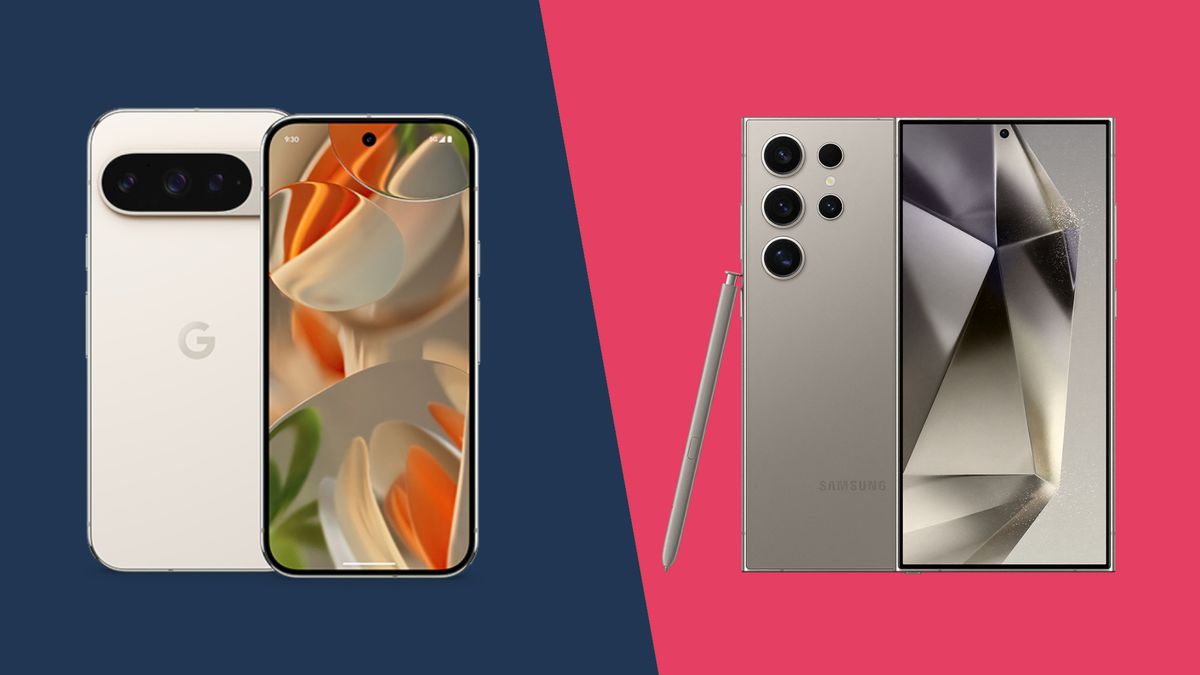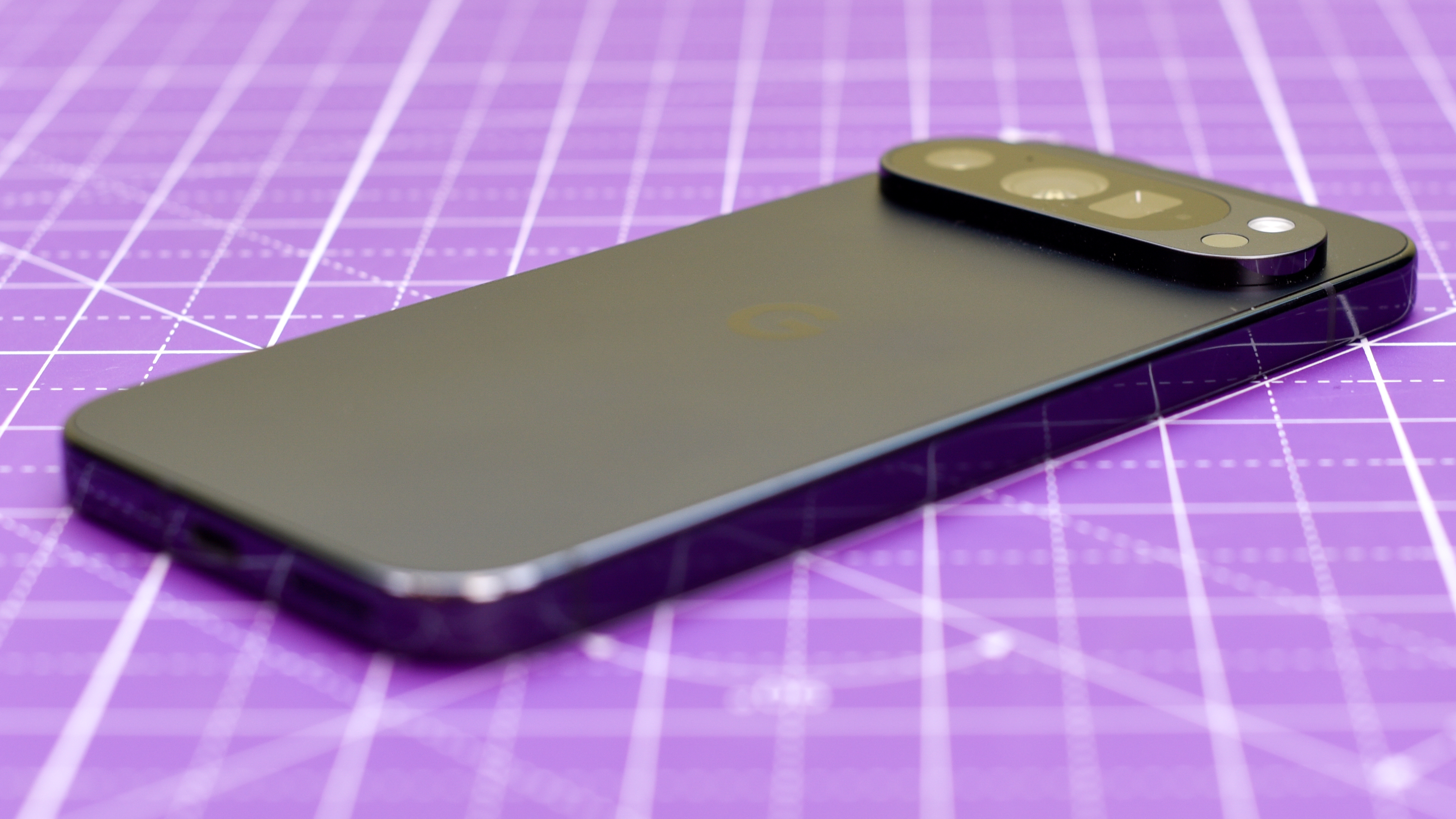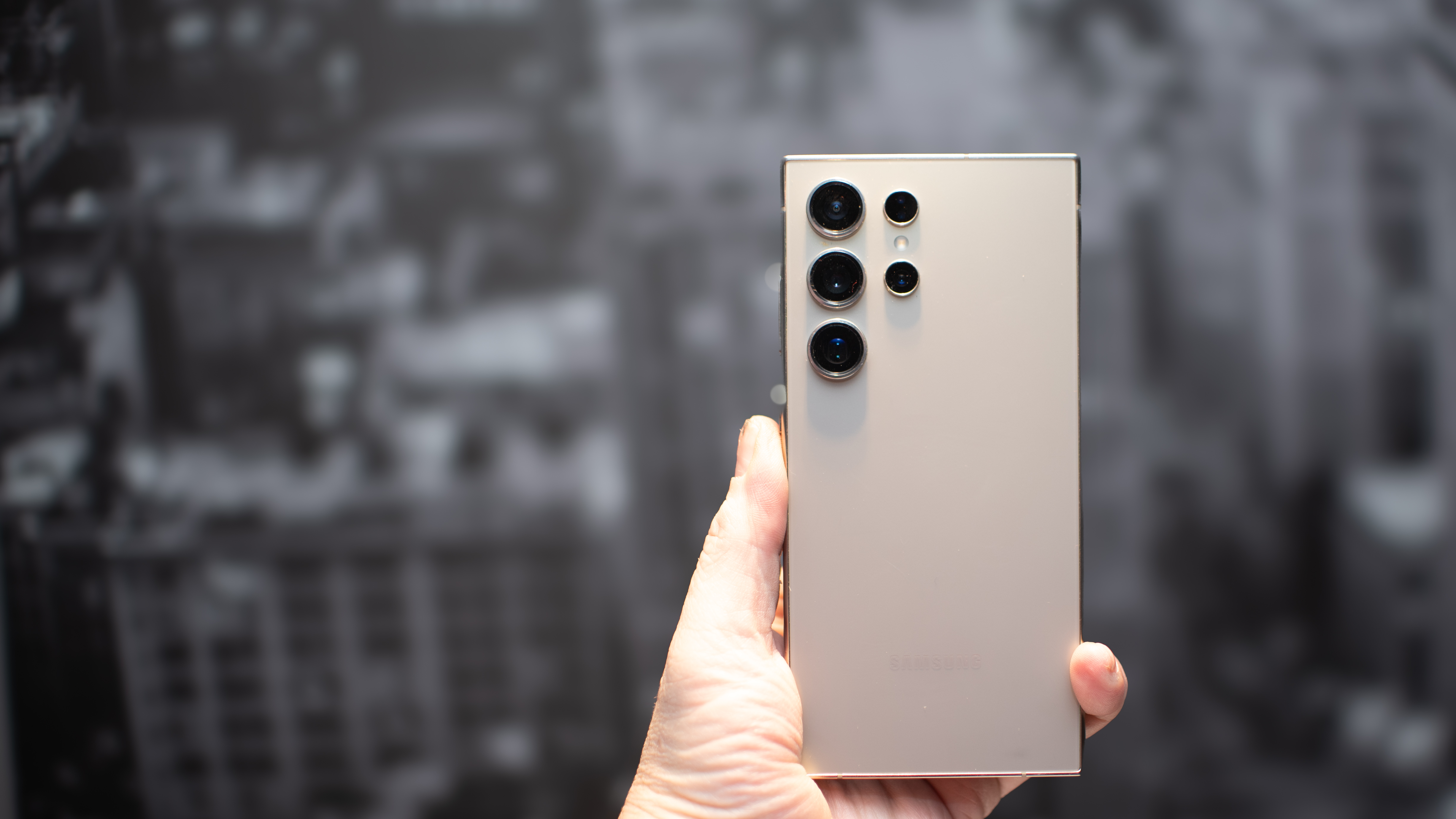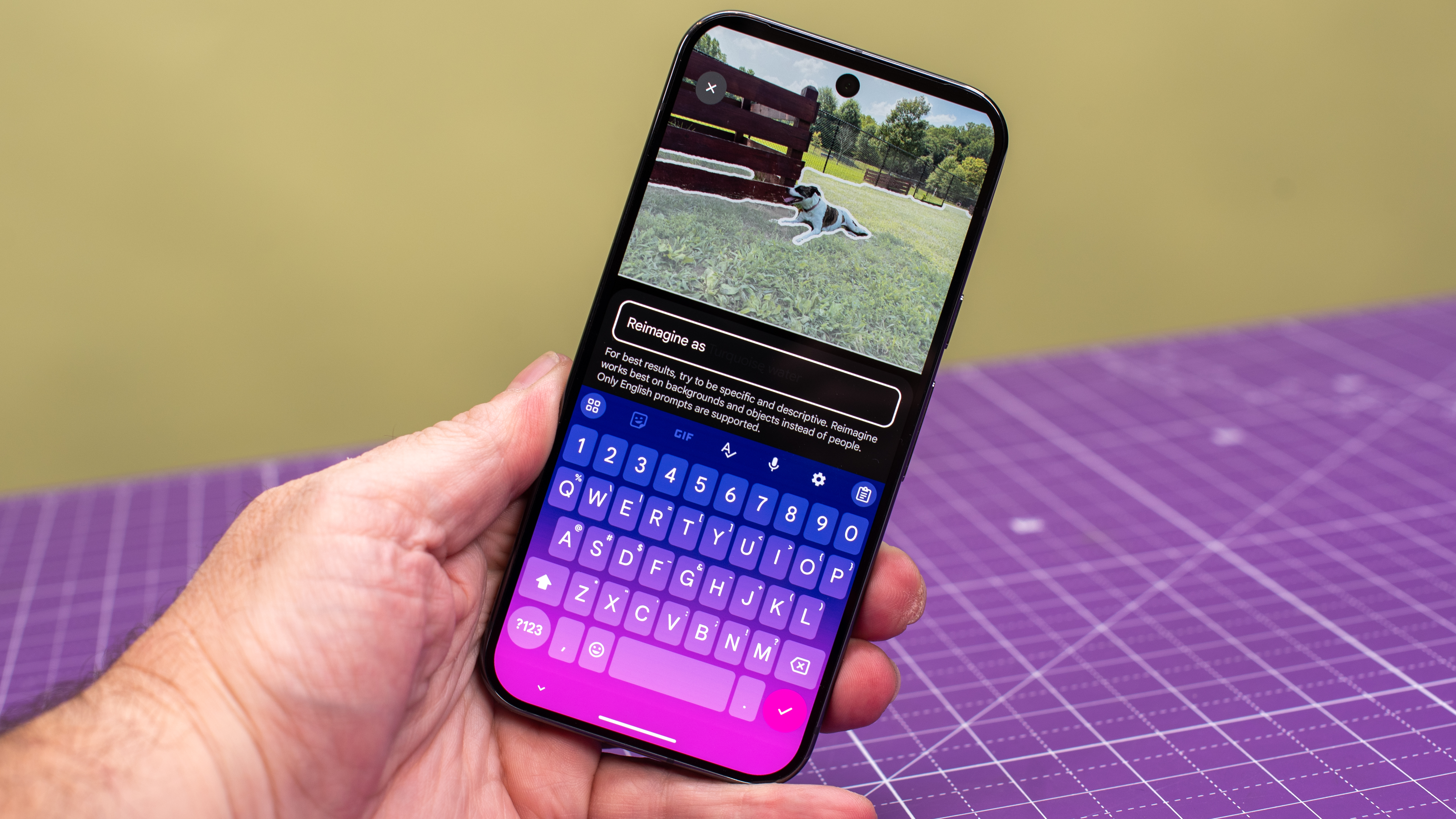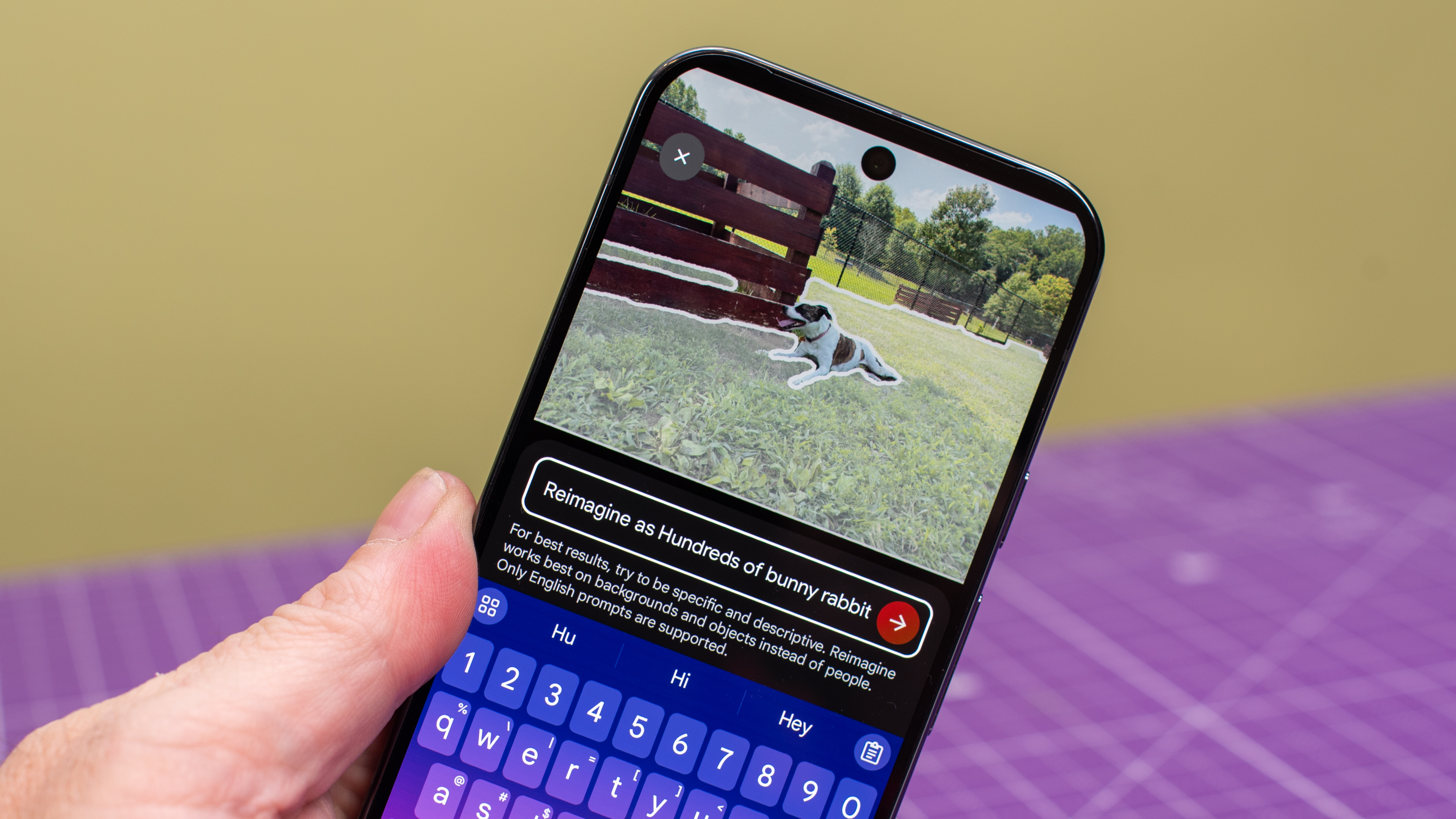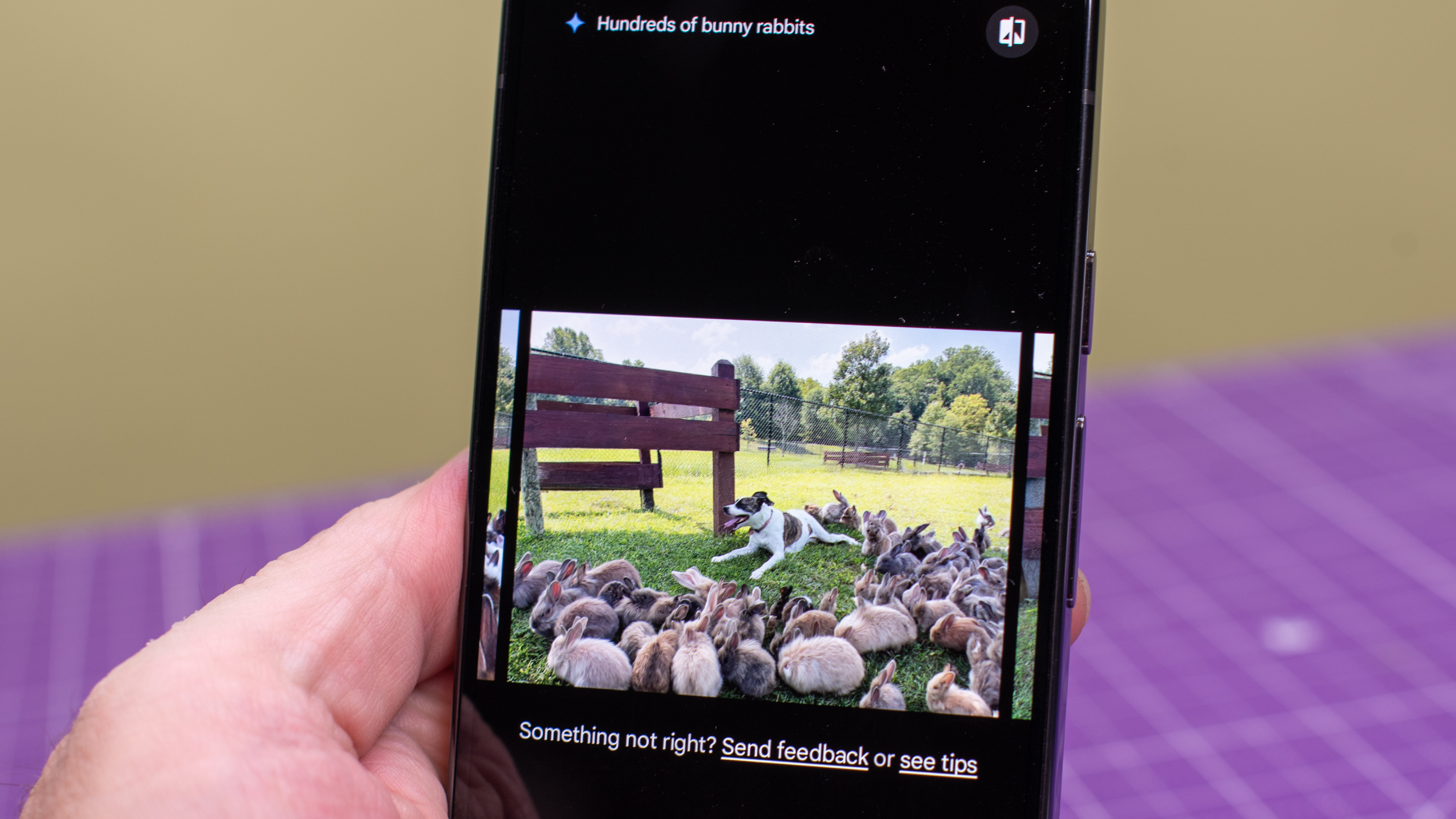The one truly new model in Google’s latest phone range, the Pixel 9 Pro carries over the flagship specification of the XL, but packs them down into a compact body.
For
- Clean new design with compact dimensions
- Superb cameras in all lighting conditions
- Clean UI with some magical AI features
Against
- Not all AI features are worthwhile
- Performance is relatively poor
- You need to buy a bigger phone for truly epic battery life
- IP48 protection does not mean it’s dust-resistant
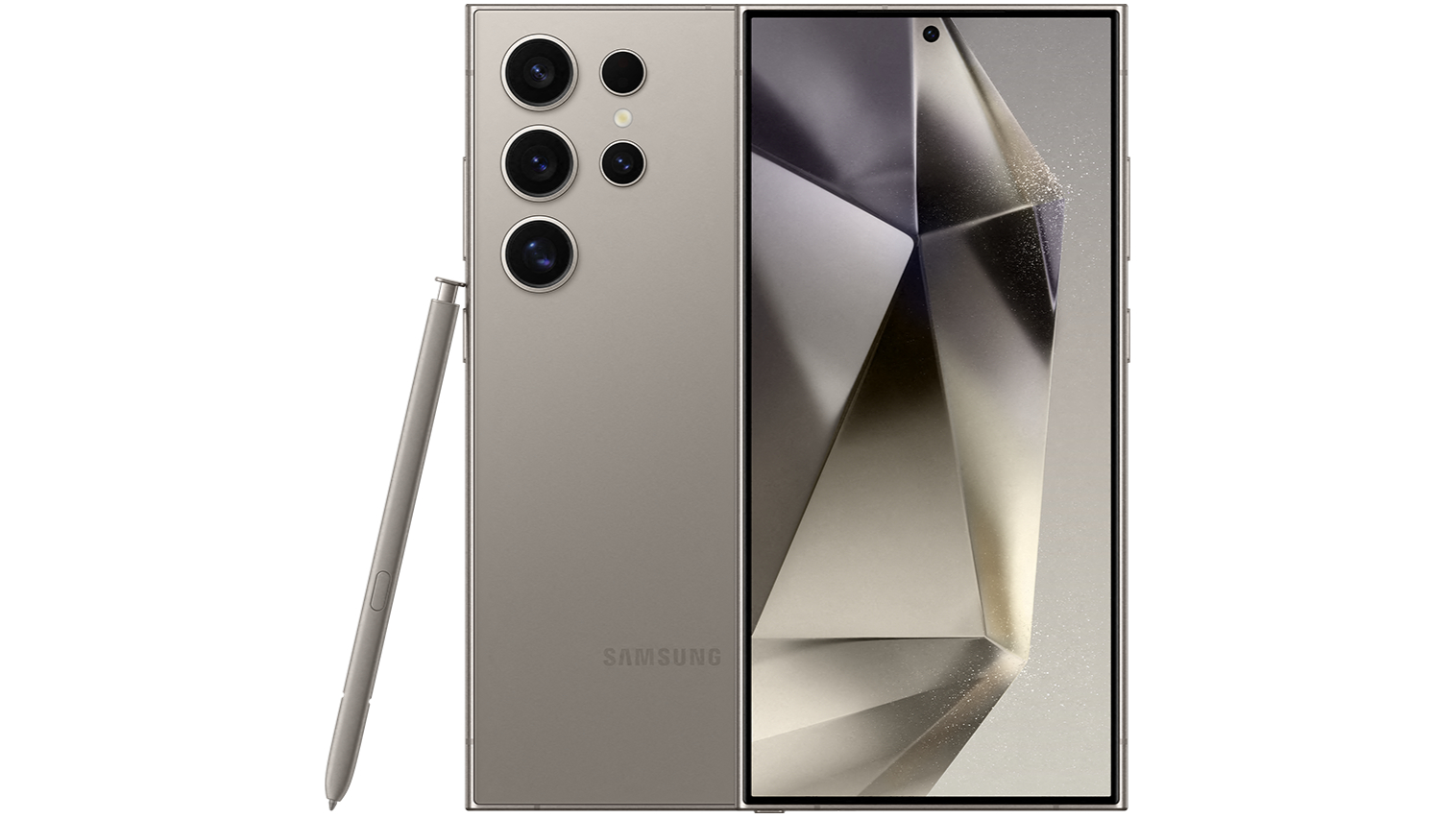
The Samsung Galaxy S24 Ultra has been the go-to Android flagship for most of 2024, with cutting-edge specs, a large industrial design, stellar camera zoom capabilities, and an integrated stylus.
For
- Cool colors and a more durable design with vegan leather
- Superb performance and battery life
- Outstanding cameras, especially the telephoto
- Strong titanium frame and durable Gorilla Armor glass
Against
- Rather bulky, despite the use of titanium
- Samsung’s UI design is getting messy
- AI features are somewhat hit-and-miss
Google has really shaken up the flagship smartphone landscape with the launch of the Google Pixel 9 range. Its newly expanded series arrived two months early, and supplies a fresh design and an all-new model in the Google Pixel 9 Pro.
Does that make Google the brand behind the best Android phone? We awarded the Pixel 9 Pro 4.5 out of 5 stars in our Google Pixel 9 Pro review, which would suggest it’s in with a shout. However, it’s going to have to get past the mighty Samsung Galaxy S24 Ultra, which has been our top pick for most of 2024.
It’s worth noting from the off that the Google Pixel 9 Pro XL is really more of a direct rival to the Galaxy S24 Ultra, both in terms of price and size. However, it’s the smaller Pixel 9 Pro that’s the most interesting model in the family. In offering a true flagship experience in a compact form factor, it offers something that Samsung simply doesn’t right now.
So, how do the Pixel 9 Pro and the Samsung Galaxy S24 Ultra stack up against one another? Let’s take a closer look.
Google Pixel 9 Pro vs Samsung Galaxy S24 Ultra: specs comparison
Let’s take a quick look at the key specs of these two phones before we dive into the finer details.
| Google Pixel 9 Pro | Samsung Galaxy S24 Ultra | |
|---|---|---|
| Weight: | 199g | 232g |
| Dimensions: | 152.8 x 72 x 8.5mm | 162.3 x 79 x 8.6mm |
| Screen size: | 6.3-inch | 6.8-inch |
| Resolution: | 1280 x 2856 | 1440 x 3120 |
| CPU: | Google Tensor G4 | Qualcomm Snapdragon 8 Gen 3 for Galaxy |
| RAM: | 16GB | 12GB |
| Storage: | 128GB / 256GB / 512GB / 1TB | 256GB / 512GB / 1TB |
| Battery: | 4,700mAh | 5,000mAh |
| Rear cameras: | 50MP wide; 48MP ultrawide; 48MP 5X zoom | 200MP wide; 12MP ultrawide; 50MP 5x periscope; 10MP 3x telephoto |
| Front camera: | 12MP | 12MP |
| Colors: | Porcelain, Rose Quartz, Hazel, Obsidian | Titanium Black, Titanium Gray, Titanium Violet, Titanium Yellow, Titanium Blue, Titanium Green, Titanium Orange |
Google Pixel 9 Pro vs Samsung Galaxy S24 Ultra: price and availability
The Google Pixel 9 Pro arrived in the US, UK and Australia on August 22, 2024. This was some seven months on from the launch of the Samsung Galaxy S24 Ultra, which arrived on January 31.
When it comes to pricing, the Pixel 9 Pro starts at $999 / £999 / AU$1,649 for 128GB of storage. However, the price comparison should really start from the step-up 256GB model, which costs $1,099 / £1,099 / AU$1,849, as well as the 512GB model at $1,219 / £1,219 / AU$2,049 and the 1TB range-topper at $1,449 / £1,449.
These are the models that map directly to the Galaxy S24 Ultra range, which starts at $1,299 / £1,249 / AU$2,199 for the model with 256GB of storage. Meanwhile, the 512GB model costs $1,399.99 / £1,399 / AU$2,549, and the 1TB model costs $1,659.99 / £1,549 / AU$2,799.
Comparing like for like, then, the Galaxy S24 Ultra is $200 / £150 / AU$350 more expensive than its new Pixel 9 Pro rival.
Google Pixel 9 Pro vs Samsung Galaxy S24 Ultra: design
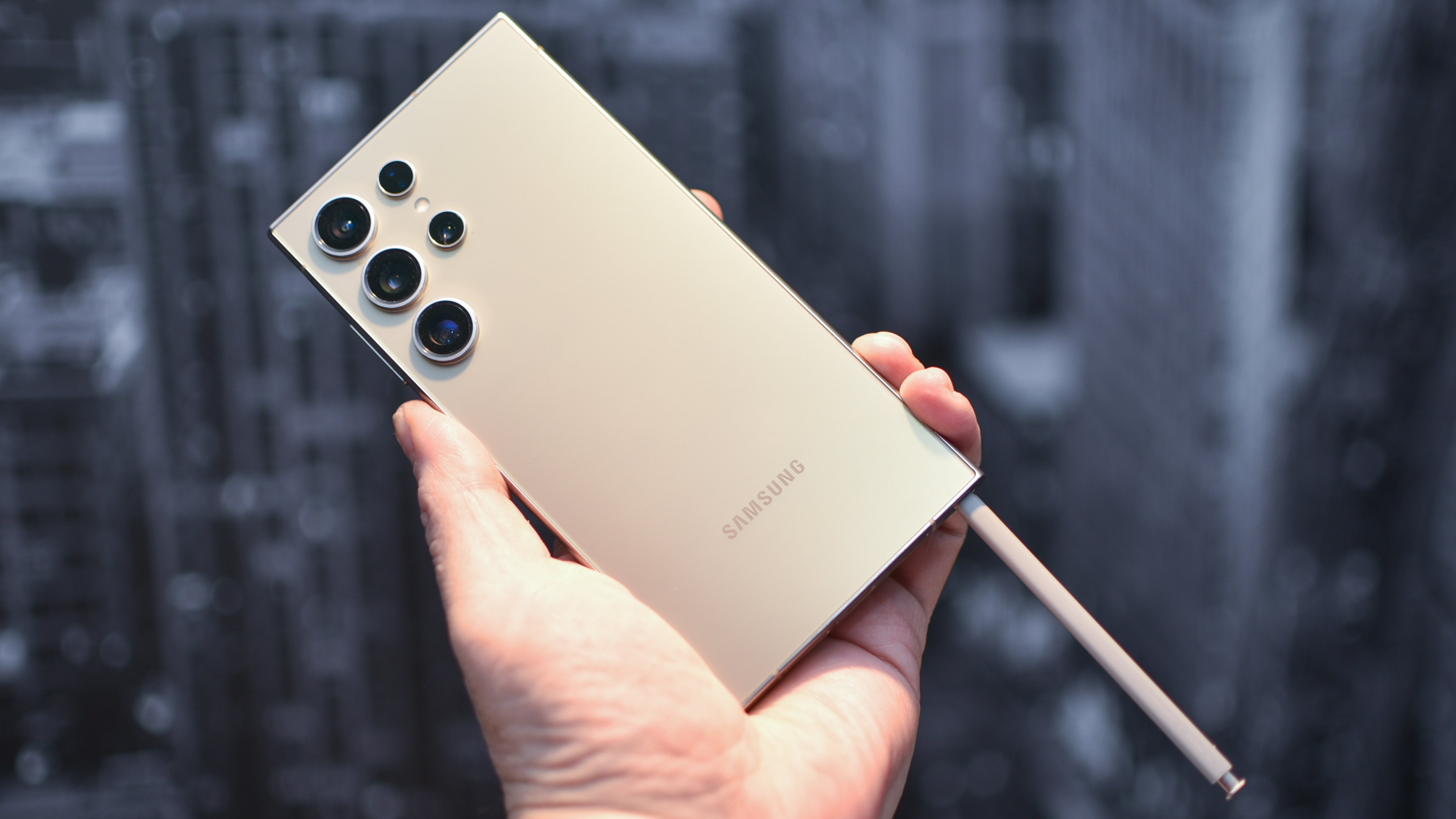
There really isn’t much similarity between these two phones from a visual perspective. For one thing, the Galaxy S24 Ultra is much bigger than the Pixel 9 Pro, with its hulking 162.3 x 79 x 8.6mm footprint towering over the 152.8 x 72 x 8.5mm Google phone.
Samsung’s flagship is also a much heavier customer at 232g, whereas the Pixel 9 Pro weighs a fairly modest 199g. Titanium hasn’t made the Galaxy S24 Ultra as light as we’d have liked, but it has technically made it tougher than Google’s phone.
These two phones look very different to one another, too. Google’s new design language cribs a lot from the iPhone playbook, and by extension, the Pixel 9 Pro looks more like the Samsung Galaxy S24 than the Ultra. It’s got a flat metal rim and gently curved corners, reflected in both the body and the display.
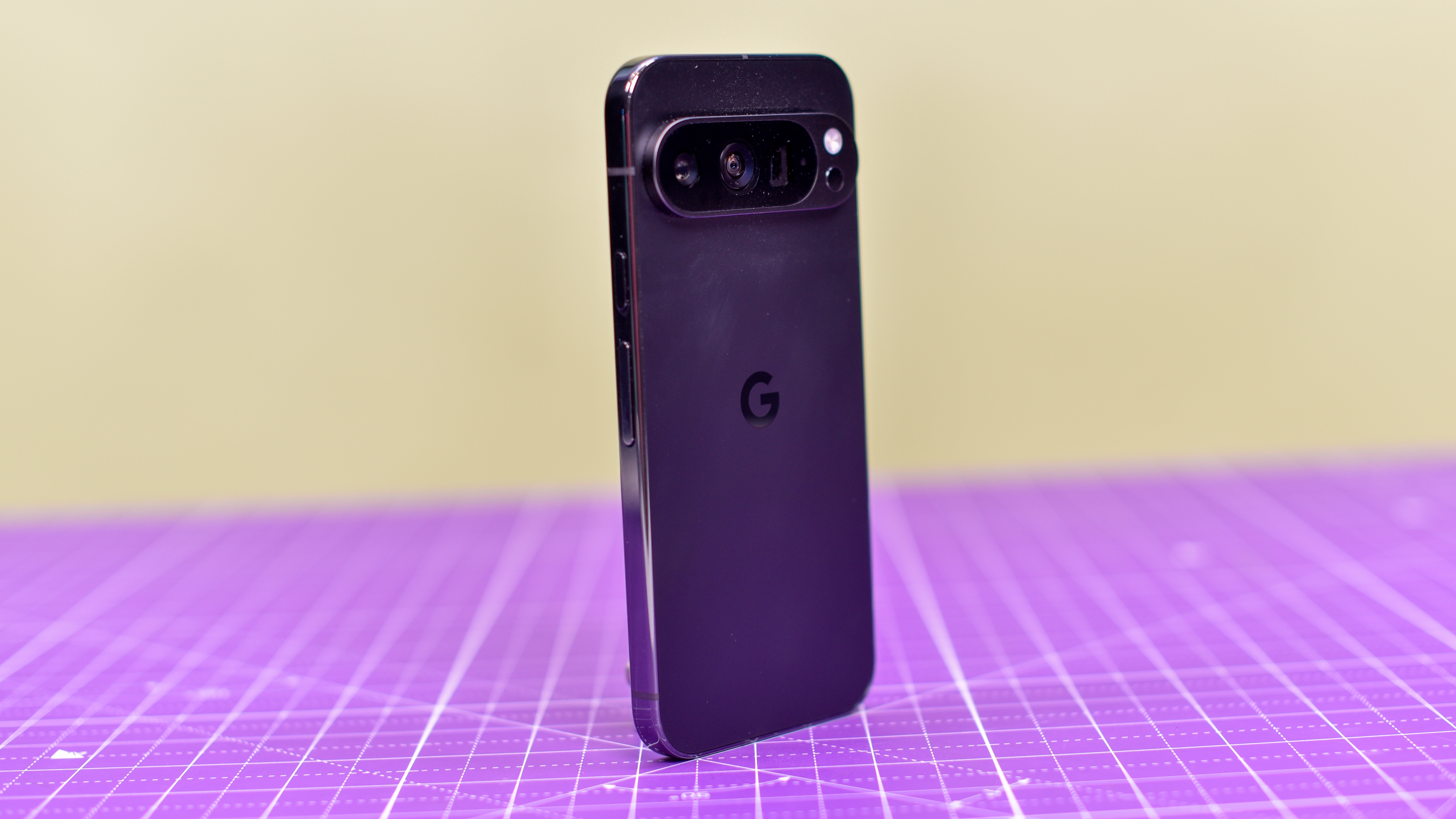
The Galaxy S24 Ultra has flattened its left and right edges out much more than before, but they’re still slightly curved. Meanwhile, its corners are quite pointed, resulting in a perfectly rectangular display.
Google’s phone has Gorilla Glass Victus 2 to the front and back, while Samsung’s has custom Corning Gorilla Armor, which is said to be broadly as tough. Both phones have IP68 water and dust resistance certification.
Talking of the backs of these phones, the Pixel 9 Pro has a more striking camera module that runs almost the width of the phone. Samsung’s individual modules might be more discrete, but they also lack a little personality.
In short, the Galaxy S24 Ultra is built like a tank – for better and for worse – while the Pixel 9 Pro is dinky and pocketable, if a little derivative. Both are supremely well-built phones.
Let’s not forget that the Galaxy S24 Ultra comes with an S Pen stylus cleverly hidden away in its body. Most people won’t find this to be particularly useful, but for anyone who likes to scrawl notes or make sketches, it’s the best option on the market.
Google Pixel 9 Pro vs Samsung Galaxy S24 Ultra: displays
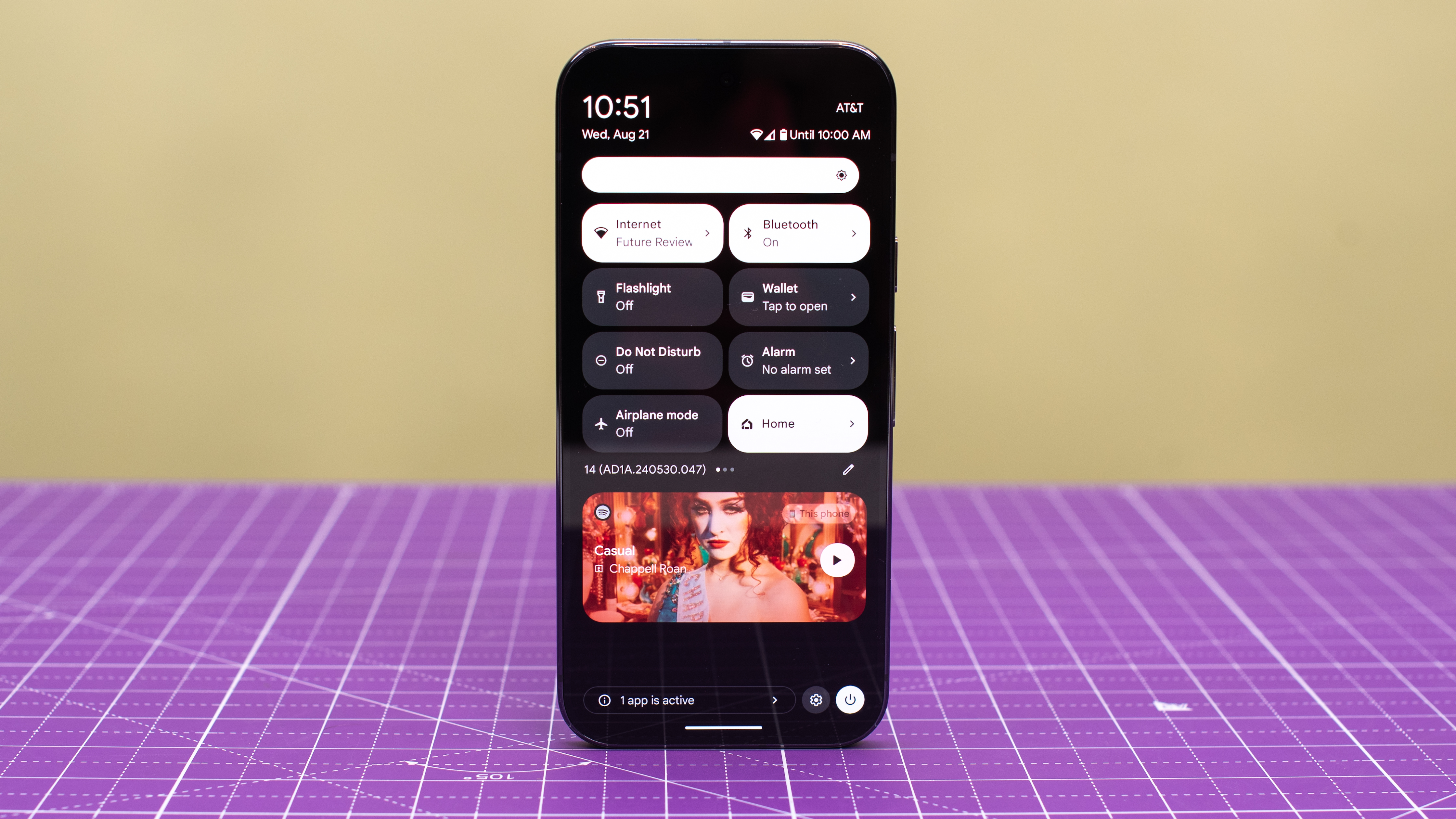
That size difference is reflected in the display offerings for each phone. The Pixel 9 Pro offers a compact (by 2024 standards) 6.3-inch AMOLED display, while the Galaxy S24 Ultra’s AMOLED measures a whopping 6.9 inches.
Samsung has packed more pixels in to help cover that extra real estate, with a 1440 x 3120 resolution. Google’s compact flagship has an ostensibly lesser 1280 x 2856, though they work out to a similar pixel density (505 ppi for the Galaxy S24 Ultra, 495 ppi for the Pixel 9 Pro).
What might surprise you here is that the Pixel 9 Pro screen has a higher potential brightness, hitting a peak of 3,000 nits in HDR content compared to the Galaxy S24 Ultra’s 2,600 nits. Both are very bright and more than up to the task of operating on a bright day.

The two phones utilize LTPO panels, which means that both screens can freely adjust between 1Hz and 120Hz refresh rates according to the task at hand. This helps no end with energy efficiency.
Differences in size aside, these are two of the best screens on the market right now, both capable of outputting vibrant yet accurate colors. The Pixel 9 Pro has the edge on sheer smack-in-the-face brightness, while the Galaxy S24 Ultra offers you all that lovely space to play with. We honestly can’t fault either.
Google Pixel 9 Pro vs Samsung Galaxy S24 Ultra: cameras

Our reviewer gave both of these phones full marks in the camera department, which tells you that there isn’t much between them. That’s not to say they offer the same benefits, though, beyond generally taking crisp, clear, vivid snaps in all conditions.
The main sensors are a similar size, but the Pixel 9 Pro gives you 50MP while the Galaxy S24 Ultra goes with 200MP. The latter doubles down (or indeed quadruples down) on pixel-binning techniques. Overall, though, we’d say that the Pixel 9 Pro takes better shots in most situations with its main sensor, including in low light. Google’s image processing is simply more advanced than Samsung’s, and captures more pleasing shots.
When we consider the ultra-wide offerings, again, both sensors are about the same size. However, this time it’s Google that lays on the extra pixels with a 48MP offering compared to Samsung’s 12MP. Advantage Google, especially when you factor in its peerless image processing, but there still isn’t much in it.
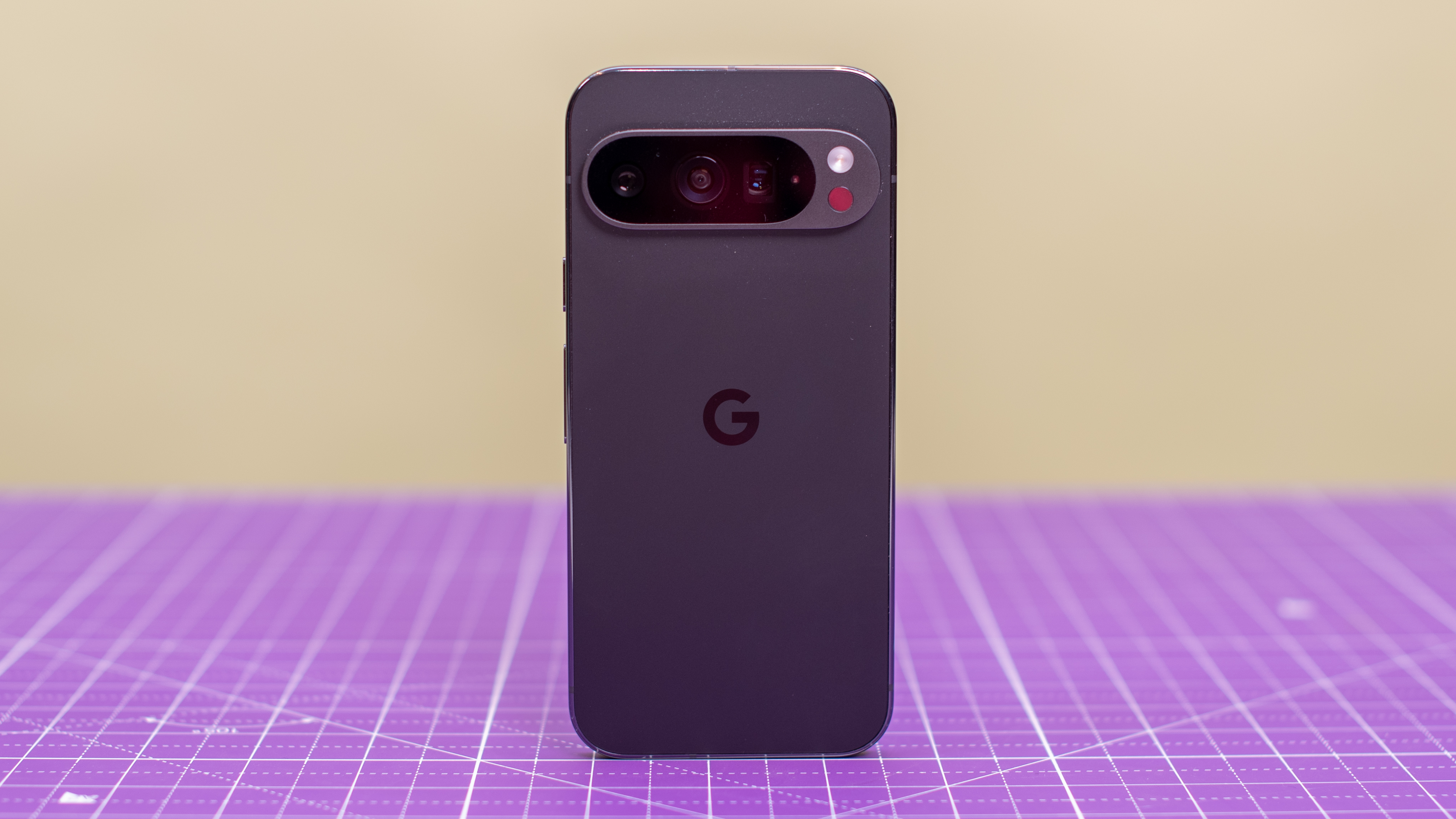
These two camera hardware setups diverge even further when it comes to the zoom provision. Google gives you a single 48MP 5x periscope camera, while Samsung gives you a 10MP 3x telephoto and a 50MP 5x periscope. The sheer variety of zoom levels that Samsung provides gives the Galaxy S24 Ultra the win if you like to get up close from afar.
Both phones take excellent videos, though only the Galaxy S24 Ultra takes 8K videos natively. The Pixel 9 Pro needs to up-res its 4K videos in the background, which takes time and of course isn’t a native 8K process.
While both of these phones pack in plenty of AI smarts – you can delete and edit background elements on both – the Pixel 9 Pro goes the extra mile. Add Me lets you insert yourself into group photos, while the Reimagine feature within the Magic Editor tool lets you fundamentally play with your memories, adding whole new elements and scenes using natural language requests.
Overall, we’d probably have to give the Pixel 9 Pro the nod in the camera stakes for its all-round excellence, but the Galaxy S24 Ultra more than holds its own, and remains the king of zoom.
Google Pixel 9 Pro vs Samsung Galaxy S24 Ultra: performance and software
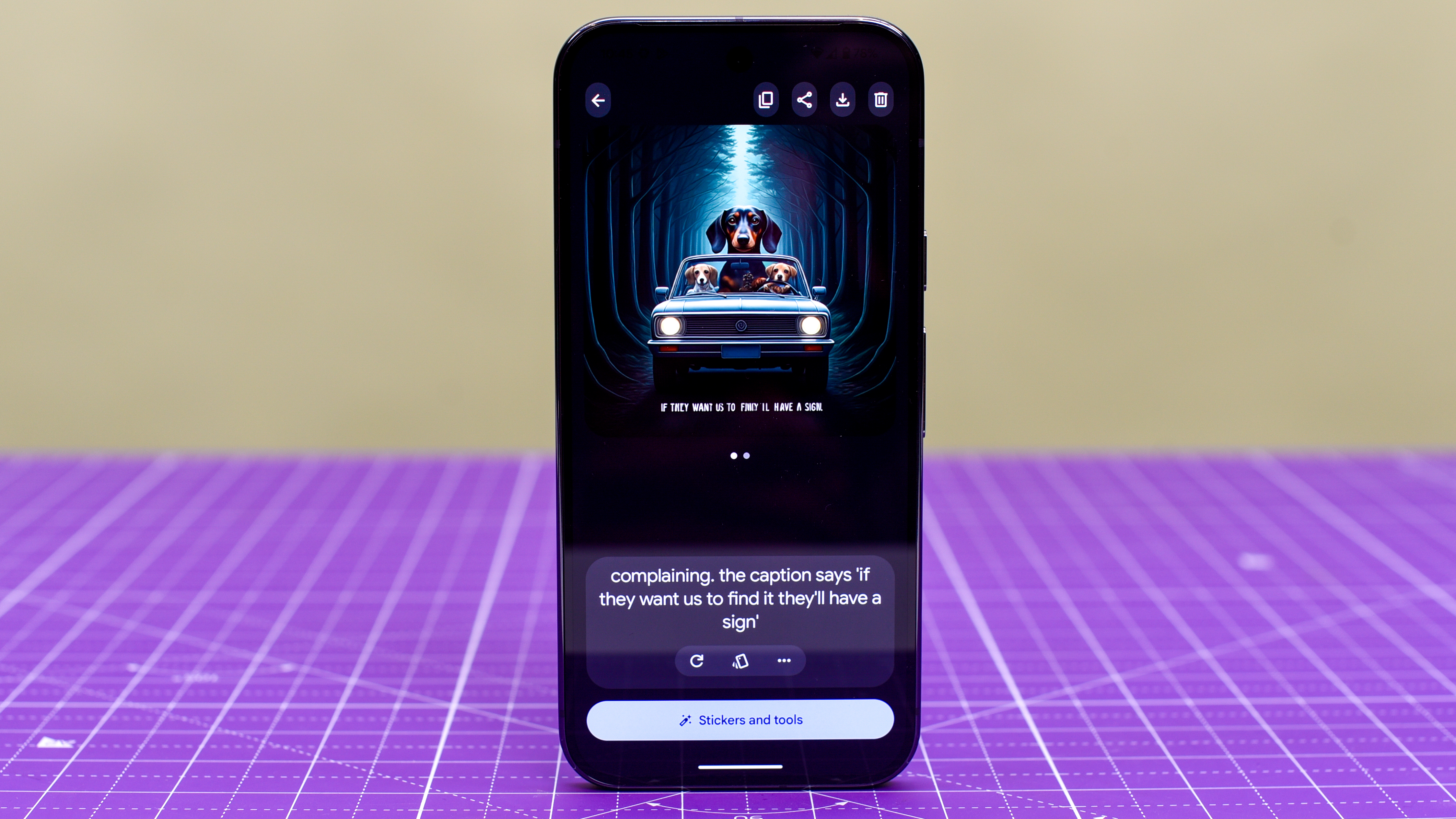
So far, we’ve been able to hedge our bets, with both phones being excellent in their own right. There’ll be no such nauseating equivocation in the performance round. The Galaxy S24 Ultra wipes the floor with the Pixel 9 Pro here.
Its overclocked Snapdragon 8 Gen 3 processor simply obliterates the Pixel 9 Pro’s custom Tensor G4 in all of the traditional metrics. Run any CPU or GPU benchmark you care to download, and the Galaxy S24 Ultra will come out with a healthy lead.
We’re almost a little embarrassed for Google at just how far behind its rivals it has fallen in terms of raw performance, and we do worry a little for how the Pixel 9 Pro will run in just a couple of years, let alone the seven years that Google will support it for.
You might not notice this performance gulf in general use, of course. However, our reviewer hit the Pixel 9 Pro hard with multiple tasks running at once, and it definitely faltered. There’s a chance that this is a teething issue, solvable by a firmware update, but the benchmark results point towards a performance shortfall.

We also observed the Pixel 9 Pro overheating on a sunny day of photography, suggesting it might not be a particularly efficient runner.
With that said, one area where these chipsets have really started to be challenged is in the AI department, and in that respect, the Pixel 9 Pro isn’t such a wimp. Indeed, most of Google’s focus with its Tensor chips has been on AI performance. It has even given its phone a whopping 16GB of RAM to help run those advanced AI tasks, which beats the Galaxy S24 Ultra’s 12GB.
If you’re intent on playing the latest high-end 3D game at silky smooth frame rates, the Galaxy S24 Ultra is going to be a better performer. For running advanced AI tasks in several years’ time, however, the Pixel 9 Pro may end up being the performance champ.
Both Google and Samsung offer seven years of software support, which places them right at the top of the industry. However, in the here and now, we’d take Google’s software over Samsung’s every day of the week.
Google makes the Android OS, so it’s no surprise that its UI is the more cohesive and user-friendly of the two, with much less in the way of needless bloat and obfuscation (though the Settings menus are getting a little cluttered). Samsung’s offering is a power user’s dream, but it almost trips over itself to present its own custom apps on top of what Google offers as standard, while its own Settings menus are labyrinthine.
We gave the Galaxy S24 Ultra’s software provision 3 out of 5 stars in our Samsung Galaxy S24 Ultra review, which makes it the most disappointing element of an otherwise outstanding phone. The Pixel 9 Pro earned a much more respectable 4 out of 5.
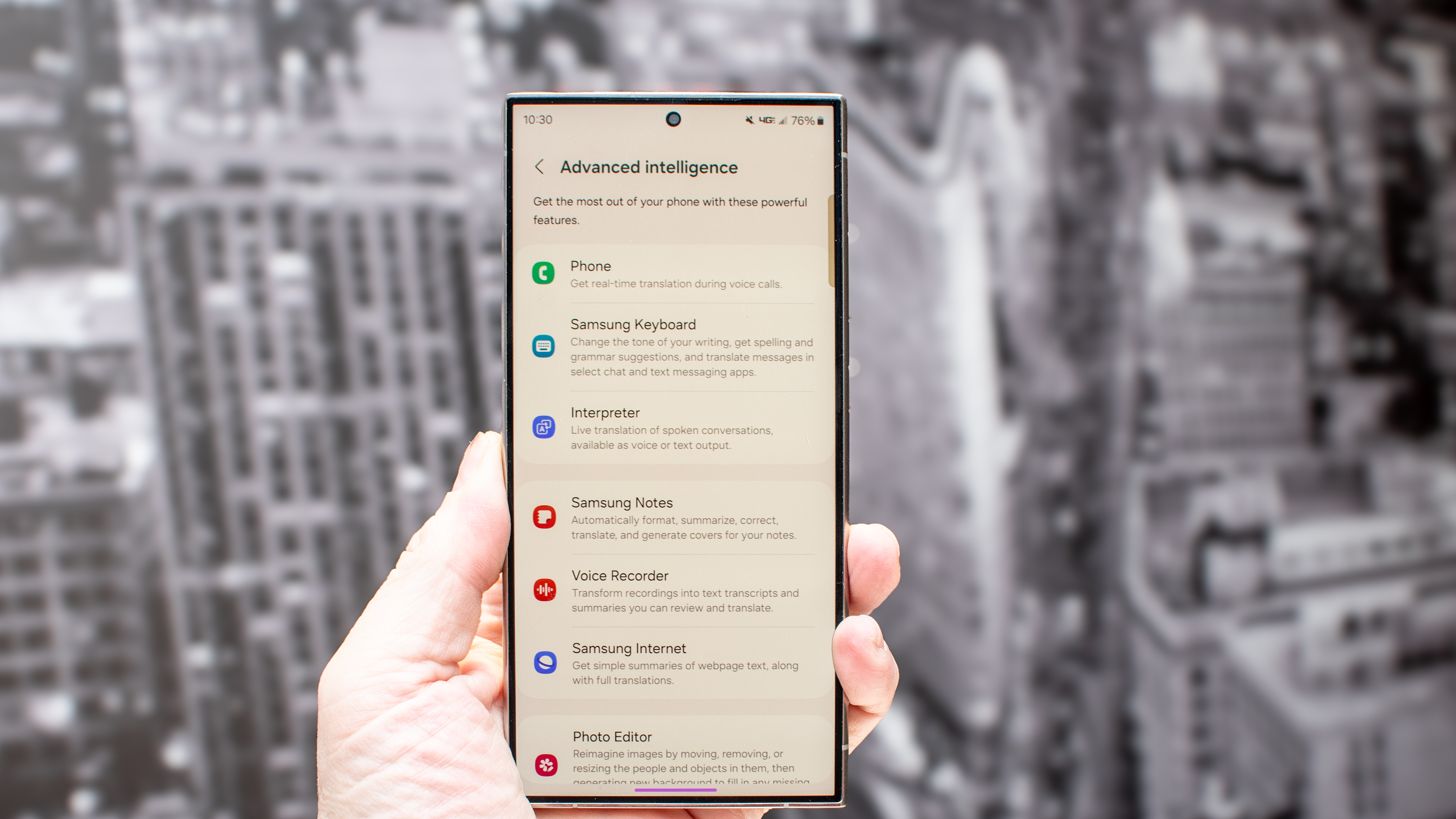
In truth, both of these manufacturers are perhaps leaning a little too heavily into AI gimmicks, and even their more promising features don’t seem ready for prime time. Google is now making Gemini AI its default assistant, but it makes a few too many rudimentary mistakes and is a little sluggish, even if it’s capable of some spookily human-like conversations.
Samsung gives you reams of AI stuff, all buried away in menus. It’s a real hodge-podge of Google provisions (that you can also access on the Pixel 9 Pro) and Samsung’s own efforts. It’s very difficult to get your head around it all, and only some of it is consequential.
Google Pixel 9 Pro vs Samsung Galaxy S24 Ultra: battery
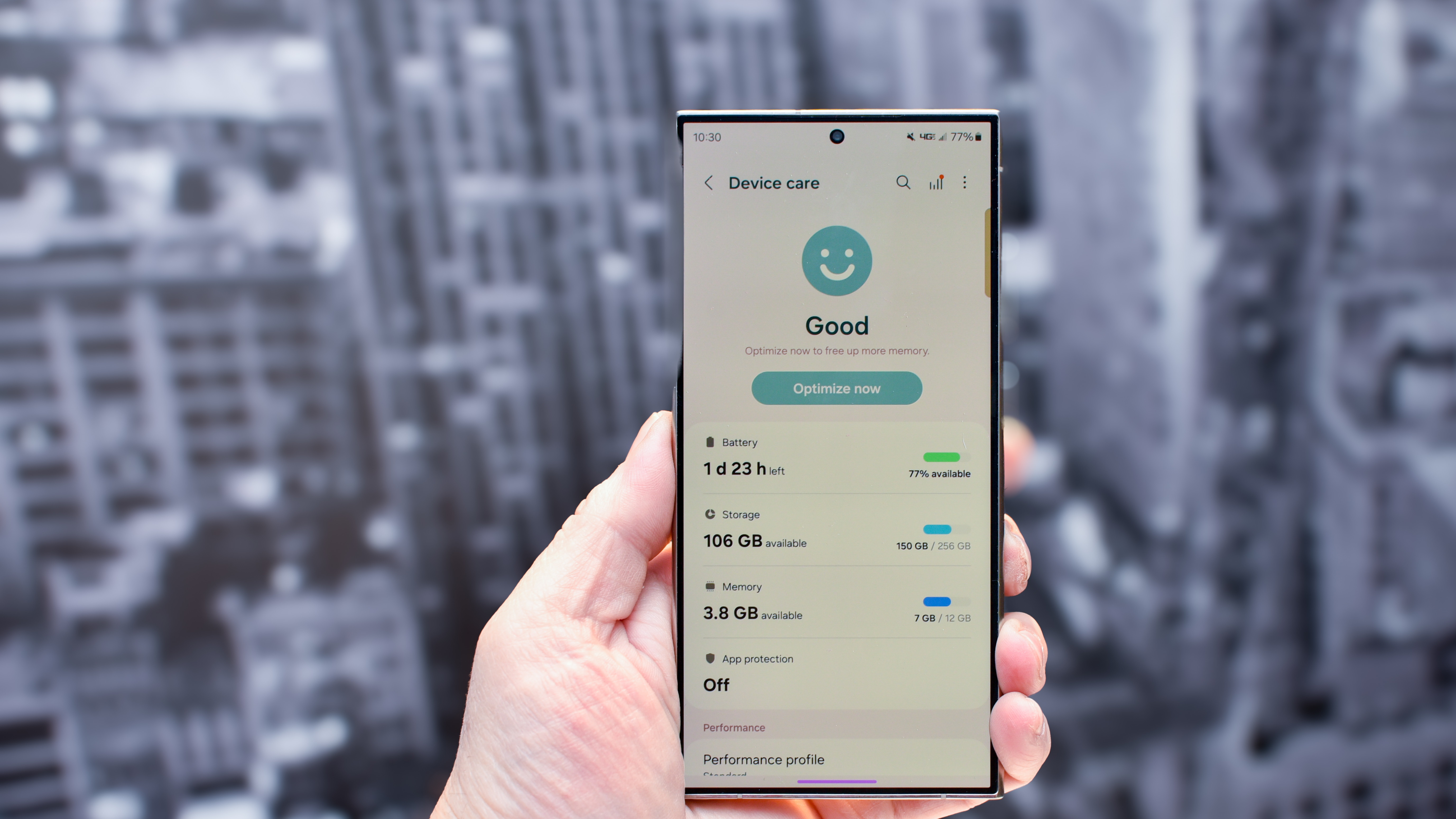
It shouldn’t shock you to learn that the Galaxy S24 Ultra wins on battery life. After all, bigger phone, bigger battery.
It’s not quite the slam dunk that you might be expecting, though. Yes, its 5,000mAh cell is bigger than the Pixel 9 Pro’s 4,700mAh equivalent. And yes, we rated the Galaxy S24 Ultra’s stamina higher in our review, with Samsung’s phone lasting a huge 16 hours and 45 minutes in our lab test compared to the Pixel 9 Pro’s 13 hours and 15 minutes.
But these are two different phones with different use cases. The Galaxy S24 Ultra has some of the best stamina in the business, lasting you through a full day of even the most intensive usage without a worry. It’s a phone for power users, so that’s kind of the point.
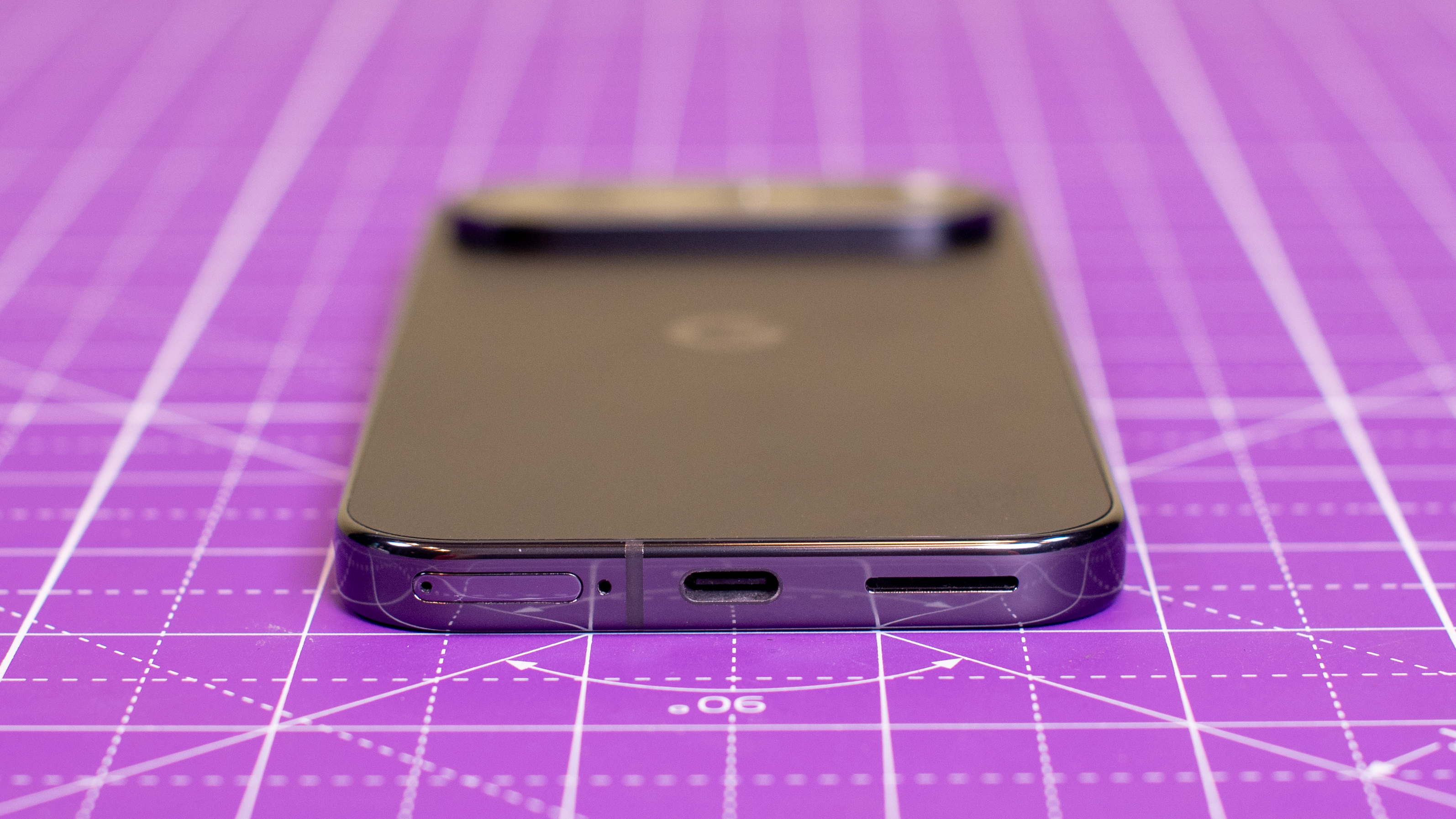
The Pixel 9 Pro is not that. It’s a compact flagship, designed to be used moderately. On that front, it too will last you through the day comfortably.
Neither of these phones are setting any speed records with their charging times, though. Samsung’s larger battery supports 47W wired charging, while Google’s smaller battery supports 27W charging. The result: both will get you past the 50% mark within 30 minutes, but not by much. Only Samsung’s phone can bomb on to 100% within the hour, but that’s nothing to shout about.
The Galaxy S24 Ultra supports 15W wireless charging, while Google’s supports 12W as standard. Buy a Pixel Stand, however, and the Pixel 9 Pro can support 21W wireless charging.
Google Pixel 9 Pro vs Samsung Galaxy S24 Ultra: verdict
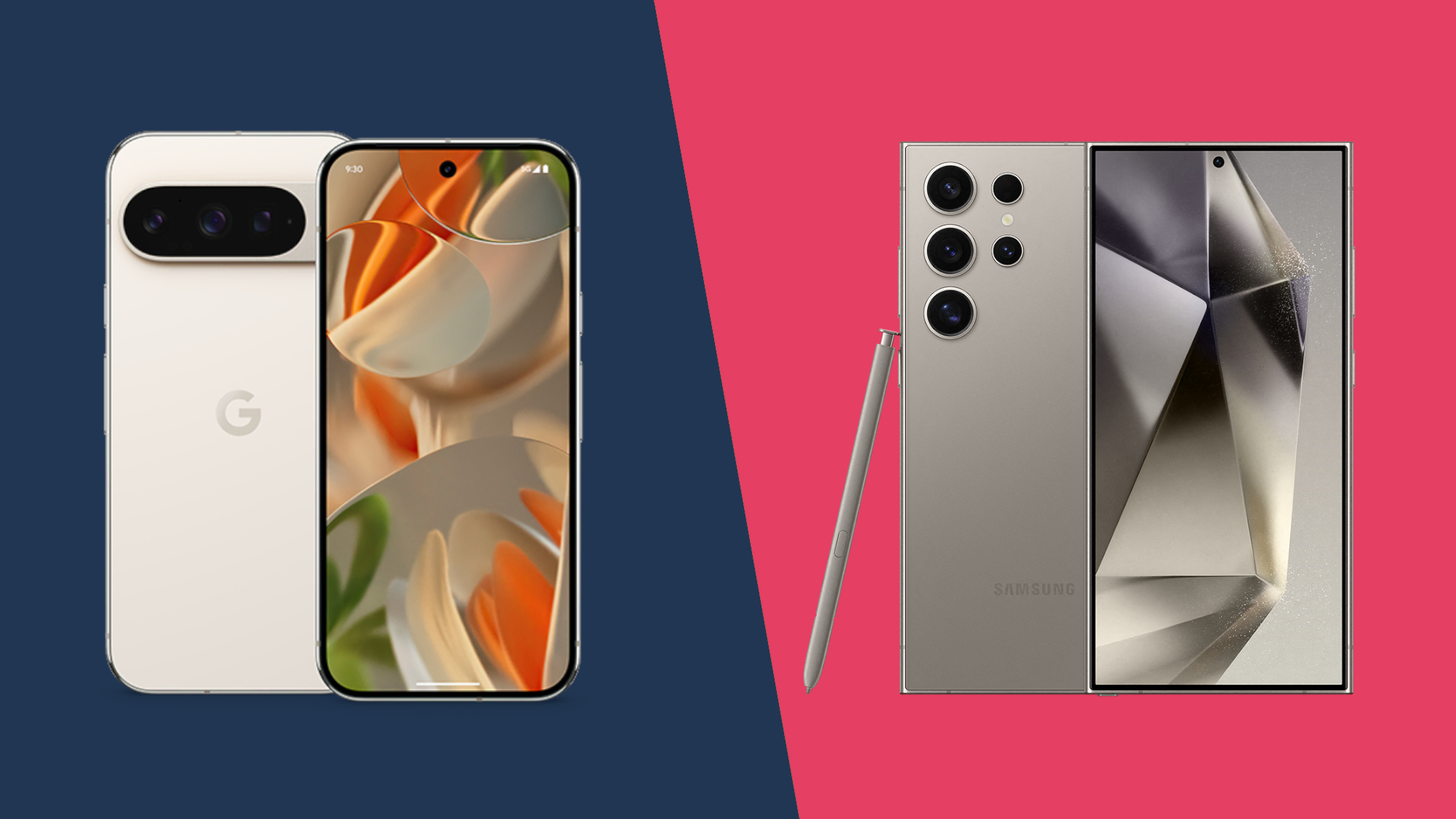
These are two of the best phones money can buy right now. Both the Galaxy S24 Ultra and Pixel 9 Pro pack excellent designs, superb displays, and top-notch camera systems. The fact that we awarded both a score of 4.5 out of 5 stars suggests a pretty even fight.
Drill down into the details, however, and you’ll find plenty of reasons to lean one way or the other. The Pixel 9 Pro is smaller and cheaper, with cleaner software and a superior point-and-shoot camera experience, making it the better pick for most people.
The Galaxy S24 Ultra, however, is a power user’s dream, with a way larger screen, epic battery life, impeccable camera zoom capabilities, and a dedicated S Pen stylus.
We’d perhaps give the Pixel 9 Pro the nod for its more wide-ranging appeal, but the truth is that both of these phones are right near the top of the mobile game.

